Get a custom course package
We may not have any package deals available including this course. If you enquire or give us a call on +1 7204454674 and speak to our training experts, we should be able to help you with your requirements.
Module 1: Take Your First Steps with Power Automate for Desktop
Module 2: Power Automate for Desktop Development Essentials
Module 3: Build Your First Power Automate for Desktop Flow
Module 4: Define Input and Output Parameters in Power Automate
Module 5: Integrate Desktop Flows with Outlook Connector in Power Automate for Desktop
Module 6: Connect a Cloud Flow to Desktop Flows in Power Automate for Desktop
Module 7: Use AI Builder to Process Invoice Forms in Power Automate
Module 8: Use the Teams Connector in Power Automate
Module 9: Run a Power Automate for Desktop Flow in Unattended Mode
Module 10: Optimise Your Business Process with Process Advisor
Module 11: Handle Variables in Power Automate for Desktop
Module 12: Automate Repetitive Tasks Using Loops in Power Automate for Desktop
Module 13: Adjust Process Behaviour Using Conditional Actions with Power Automate for Desktop
Module 14: Configure Flow Control in Power Automate for Desktop
Module 15: Generate Power Automate for Desktop Flows by Recording
Module 16: Configure Exception and Error Handling in Power Automate for Desktop
Module 17: Control File and Folder Handling in Power Automate for Desktop
Module 18: Web Automation in Power Automate for Desktop
Module 19: Use Power Automate for Desktop to Interact with Windows and Applications
Module 20: Excel Automation in Power Automate for Desktop
Module 21: Automating Email Handling in Power Automate for Desktop
Module 22: Automate System, Workstation, and Services Actions in Power Automate for Desktop
Module 23: Communicate Using Message Boxes in Power Automate for Desktop Flows
Module 24: Text Manipulation in Power Automate for Desktop
Module 25: Simulate Mouse and Keyboard Actions by Using Power Automate for Desktop
Module 26: Combine Power Automate Desktop and Cloud Flows
Module 27: Database Handling in Power Automate for Desktop
Module 28: Active Directory Handling in Power Automate for Desktop
Module 29: Scripting in Power Automate for Desktop
Module 30: OCR Technologies in Power Automate for Desktop
Module 31: Get Started with Custom Connectors in Microsoft Power Platform
Module 32: Configure Custom Connectors with Authenticated APIs in Microsoft Power Platform
Module 33: Introduction to Microsoft Power Platform Security and Governance


The Microsoft Power Automate RPA Developer PL500 Training is intended for professionals who aim to develop, implement, or manage automation solutions using Power Automate. The professionals who will benefit from this course are:
Prerequisites for the Microsoft Power Automate RPA Developer PL500 Training include prior experience with JSON, cloud flows, Azure services, and integrating solutions with REST and SOAP services. Additionally, proficiency in data analysis using Microsoft Excel, VBScript, VBA, HTML, JavaScript, at least one programming language, and familiarity with the Microsoft Power Platform suite (AI Builder, Power Apps, Dataverse, and Power Virtual Agents) is required.
In today's rapidly evolving technological landscape, the Microsoft Power Automate RPA Developer PL500 course stands as a crucial gateway to efficiency and innovation. This training delves into the automation of time-consuming tasks through Microsoft Power Automate, addressing solution requirements and enhancing business workflows.
To professionals aiming for excellence, particularly those pursuing the Microsoft Developer Certification, understanding the intricacies of Power Automate RPA (Robotic Process Automation) is paramount. This course is tailored for individuals seeking to design, develop, troubleshoot, and evaluate RPA solutions.
Over the span of four days, the Knowledge Academy's training empowers delegates with the skills needed to navigate the Microsoft Power Automate RPA Developer landscape. Participants will gain the ability to design, develop, deploy, and manage RPA solutions effectively. The practical insights and hands-on experience offered during the training ensure that delegates are well-equipped to contribute meaningfully to their organisations' automation initiatives.
Course Objectives:
Upon completion of this course, delegates will emerge with a comprehensive understanding of Microsoft Power Automate RPA, armed with the skills to design, develop, deploy, and manage robust solutions.




Why choose us
Experience live, interactive learning from home with The Knowledge Academy's Online Instructor-led Microsoft Power Automate RPA Developer PL500. Engage directly with expert instructors, mirroring the classroom schedule for a comprehensive learning journey. Enjoy the convenience of virtual learning without compromising on the quality of interaction.
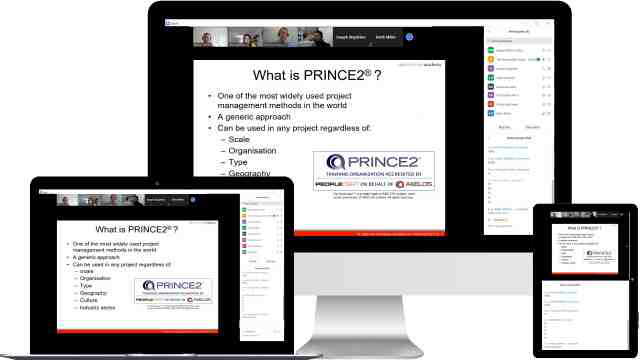
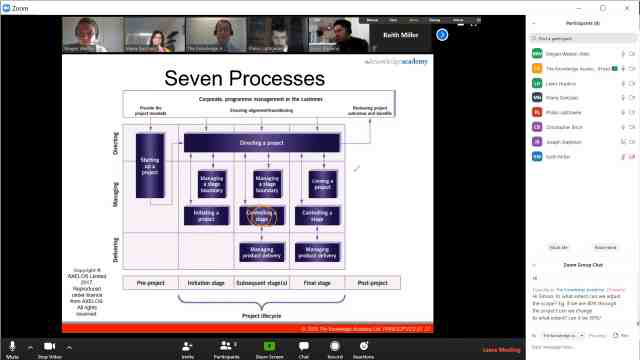
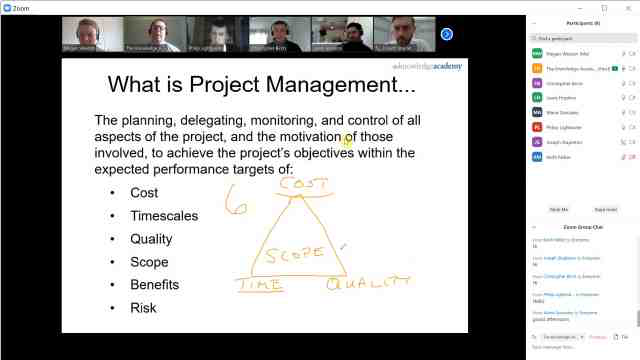
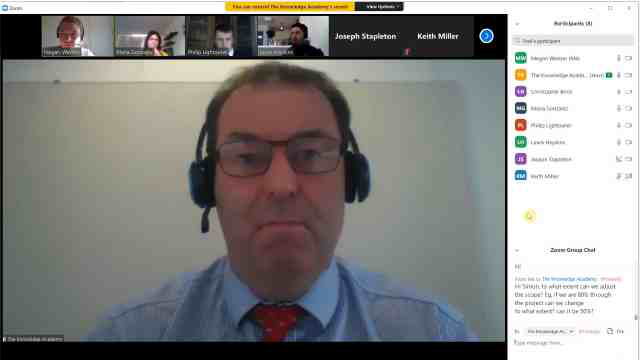
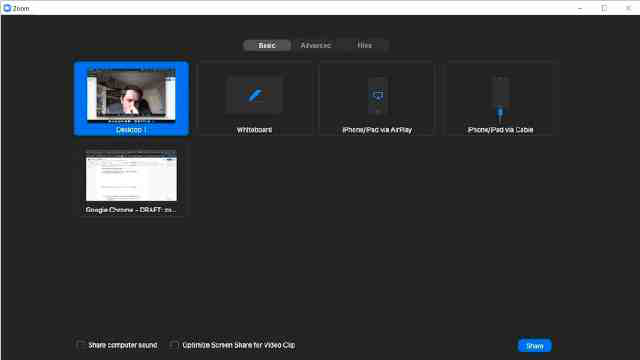
Unlock your potential with The Knowledge Academy's Microsoft Power Automate RPA Developer PL500, accessible anytime, anywhere on any device. Enjoy 90 days of online course access, extendable upon request, and benefit from the support of our expert trainers. Elevate your skills at your own pace with our Online Self-paced sessions.
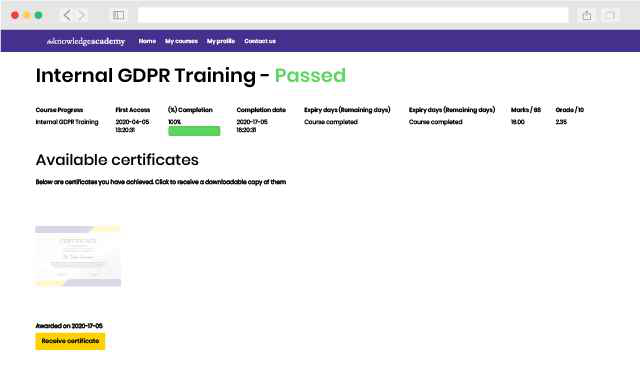
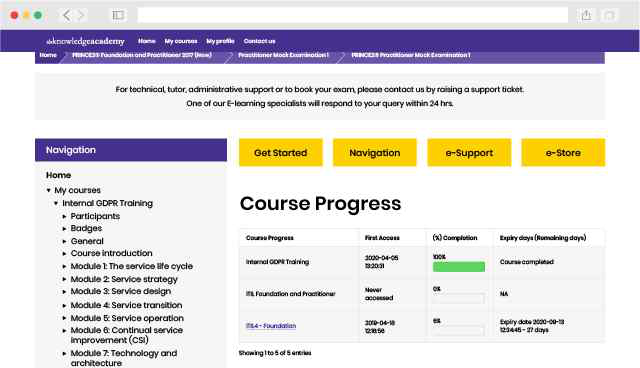
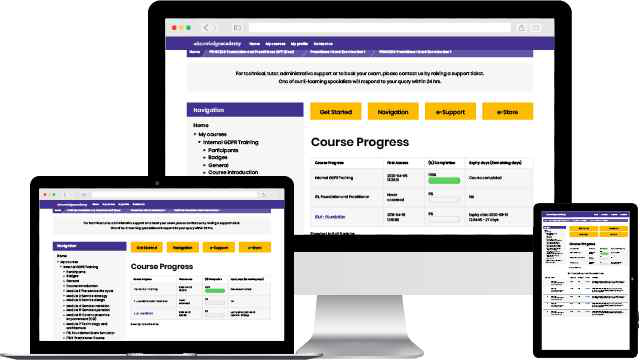
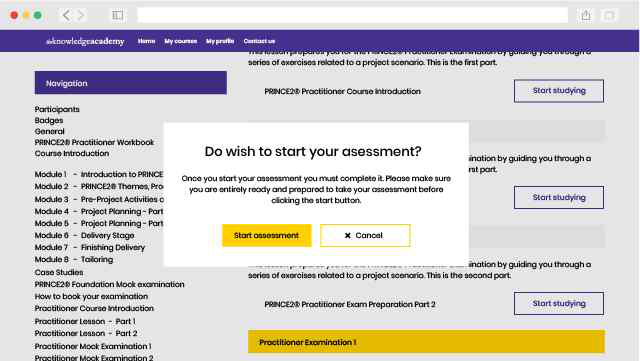
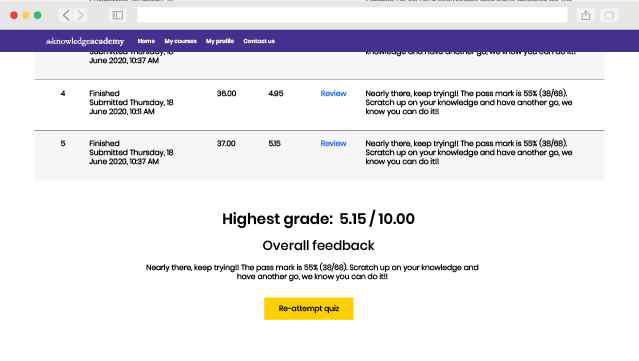
Very good.
There hasn't been any questions asked about this Topic

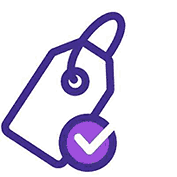
You won't find better value in the marketplace. If you do find a lower price, we will beat it.

The Knowledge Academy is a Microsoft Silver Partner, hence we are fully accredited

Flexible delivery methods are available depending on your learning style.

Resources are included for a comprehensive learning experience.




"Really good course and well organised. Trainer was great with a sense of humour - his experience allowed a free flowing course, structured to help you gain as much information & relevant experience whilst helping prepare you for the exam"
Joshua Davies, Thames Water



 Atlanta
Atlanta New York
New York Houston
Houston Dallas
Dallas Denver
Denver Seattle
Seattle Los Angeles
Los Angeles Chicago
Chicago San Francisco
San Francisco Philadelphia
Philadelphia San Diego
San Diego Phoenix
Phoenix Boston
Boston Austin
Austin Detroit
Detroit San Jose
San Jose Tampa
Tampa Colorado Springs
Colorado Springs Portland
Portland Sacramento
Sacramento Minneapolis
Minneapolis San Antonio
San Antonio Irvine
Irvine Las Vegas
Las Vegas Miami
Miami Bellevue
Bellevue Pittsburgh
Pittsburgh Baltimore
Baltimore Fairfax
Fairfax Orlando
Orlando Raleigh
Raleigh Salt Lake City
Salt Lake City Columbus
Columbus Oklahoma City
Oklahoma City Nashville
Nashville Charleston
Charleston Columbia
Columbia Cleveland
Cleveland Cincinnati
Cincinnati Memphis
Memphis Richmond
Richmond Virginia Beach
Virginia Beach Louisville
Louisville Fort Lauderdale
Fort Lauderdale Indianapolis
Indianapolis Des Moines
Des Moines Grand Rapids
Grand Rapids New Orleans
New Orleans Wichita
Wichita Charlotte
Charlotte Hartford
Hartford New Jersey
New Jersey Anchorage
Anchorage Omaha
Omaha Honolulu
Honolulu Albuquerque
Albuquerque Baton Rouge
Baton Rouge Iowa City
Iowa City Albany, NY
Albany, NY Boise
Boise Milwaukee
Milwaukee Tucson
Tucson Kansas City
Kansas City St Louis
St Louis Jacksonville
Jacksonville
 Back to course information
Back to course information
We may not have any package deals available including this course. If you enquire or give us a call on +1 7204454674 and speak to our training experts, we should be able to help you with your requirements.
 If you miss out, enquire to get yourself on the waiting list for the next day!
If you miss out, enquire to get yourself on the waiting list for the next day!

close


Press esc to close

close
Fill out your contact details below and our training experts will be in touch.



Back to Course Information